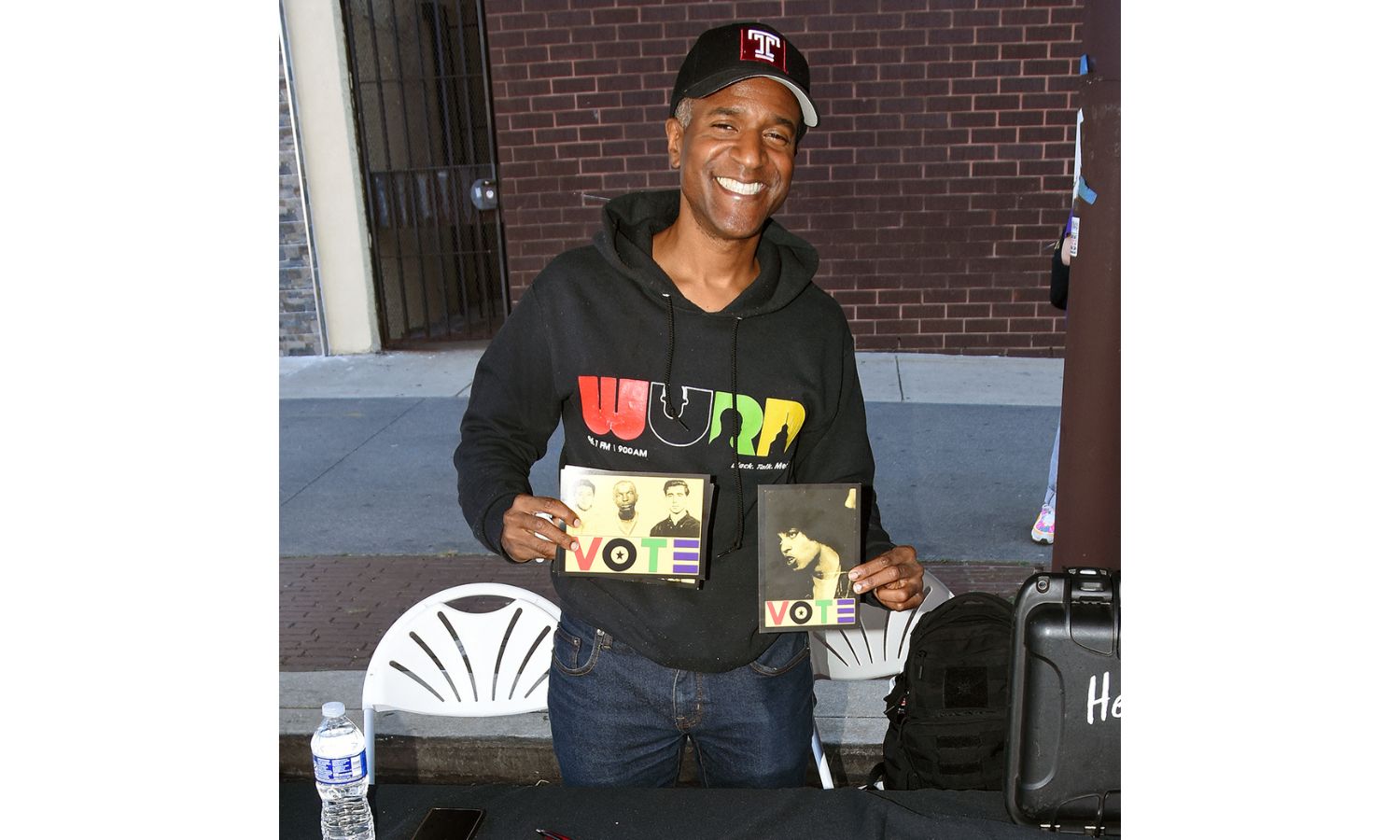IJMS, Vol. 24, Pages 9352: Hyperglycemia and Oxidative Stress: An Integral, Updated and Critical Overview of Their Metabolic Interconnections
International Journal of Molecular Sciences doi: 10.3390/ijms24119352
Authors: Patricia González Pedro Lozano Gaspar Ros Francisco Solano
This review focuses on the multiple and reciprocal relationships that exist between oxidative stress, hyperglycemia and diabetes and related metabolic disorders. Human metabolism uses most of the consumed glucose under aerobic conditions. Oxygen is needed in the mitochondria to obtain energy, as well as for the action of microsomal oxidases and cytosolic pro-oxidant enzymes. This relentlessly generates a certain amount of reactive oxygen species (ROS). Although ROS are intracellular signals necessary for some physiological processes, their accumulation leads to oxidative stress, hyperglycemia, and progressive resistance to insulin. A cellular pro-oxidant versus an antioxidant equilibrium would regulate ROS levels, but oxidative stress, hyperglycemia, and pro-inflammatory conditions feed back to each other and the relevance of the interconnections tends to increase those conditions. Hyperglycemia promotes collateral glucose metabolism through protein kinase C, polyols and hexosamine routes. In addition, it also facilitates spontaneous glucose auto-oxidation and the formation of advanced glycation end products (AGEs), which in turn interact with their receptors (RAGE). The mentioned processes undermine cellular structures, finally giving place to a progressively greater degree of oxidative stress with further hyperglycemia, metabolic alterations, and diabetes complications. NFκB is the major transcription factor involved in the expression of most of the pro-oxidant mediators, while Nrf2 is the major transcription factor regulating the antioxidant response. FoxO is also involved in the equilibrium, but its role is controversial. This review summarizes the key factors linking the diverse glucose metabolic routes enhanced in hyperglycemia with ROS formation and vice versa, emphasizing the role of the major transcription factors involved in the desirable balance between pro-oxidant and antioxidant proteins.

 1 year ago
36
1 year ago
36

